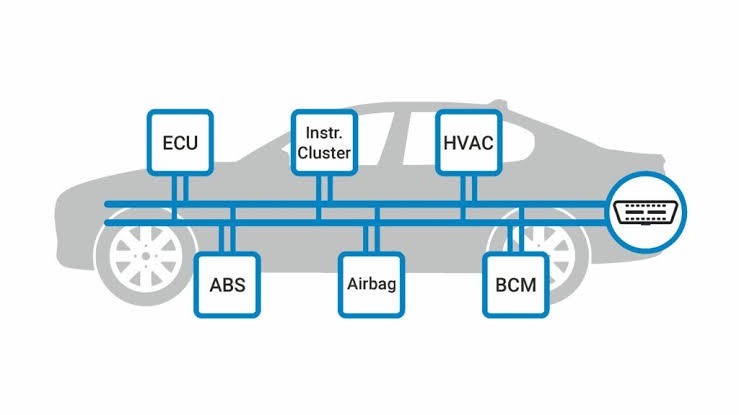Canbus, an innovative system revolutionizing modern automobiles, serves as a vital link between electronic devices, enabling seamless communication and data sharing.
This technology, designed to control various vehicle components, has gained widespread adoption in new cars, contributing to improved safety, efficiency, and performance. In this comprehensive guide, we will delve into the world of Canbus, exploring its functionality, benefits, and extensive use in automotive applications. Join us as we uncover the essence of Canbus, its working principles, and the positive impact it has on the automotive industry.
What is Canbus?
Canbus stands for Controller Area Network, a sophisticated bus system utilized in vehicles to establish connections among Electronic Control Units (ECUs). These interconnected ECUs effectively communicate and exchange critical data, serving both diagnostic and control purposes in the automotive domain.
How Does Canbus Work?
At the heart of modern automotive communication lies Canbus, a dynamic system that facilitates seamless interaction between different modules and devices. Employing a two-wire structure—one for data transmission and the other for reception—Canbus efficiently manages simultaneous data exchange, ensuring optimized communication within the vehicle's electronic network.
The Benefits of Canbus:
In the rapidly evolving landscape of automotive technology, Canbus emerges as a prominent player. By enabling effective communication and data sharing, it delivers a multitude of benefits, including:
- Improved Troubleshooting and Diagnostics: Canbus empowers technicians to efficiently diagnose and address issues, streamlining maintenance and repair processes.
- Enhanced Safety: Canbus monitors various vehicle systems, providing real-time alerts in case of anomalies, contributing to a safer driving experience.
- Greater Efficiency: By coordinating and optimizing various systems, Canbus enhances overall vehicle efficiency and performance, leading to reduced fuel consumption and emissions.
- Connectivity and Smart Features: Canbus plays a pivotal role in making vehicles more connected and intelligent, enabling seamless integration with advanced driver assistance systems and infotainment technologies.
Canbus in Automotive Applications:
Widely adopted in the automotive industry, Canbus finds versatile applications in critical vehicle functionalities, including engine control, braking systems, lighting solutions, and more. Its adaptability and reliability make it an indispensable component in modern automobiles, driving innovation and elevating driving experiences.
Conclusion:
As we conclude our exploration of Canbus in the automotive realm, its significance and impact become evident. This sophisticated communication system fosters seamless connectivity among electronic devices, empowering vehicles with enhanced safety, efficiency, and smart features. Canbus's continuous evolution alongside the advancement of automotive technologies ensures its continued prominence as a driving force behind the future of the automotive industry. Embrace the power of Canbus as it revolutionizes the way we experience and interact with our vehicles, redefining the automotive landscape for generations to come.

Comments (0)
Please login to join the discussion
Be the first to comment on this article!
Share your thoughts and start the discussion